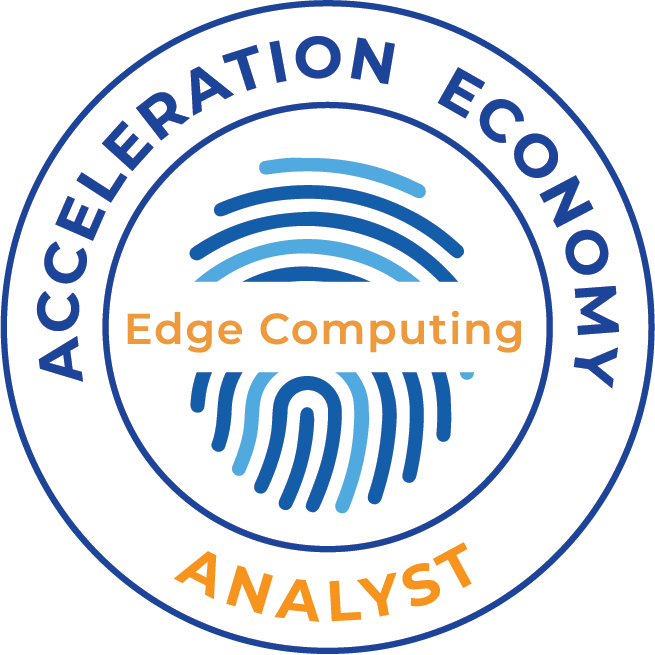In Episode 7 of the Cutting Edge podcast, Leonard Lee explains the meaning of peer-to-peer edge computing, its potential applications, and the inevitability of widespread adoption as the technology grows more economically viable.
Highlights
00:23 – Leonard Lee introduces today’s topic of discussion: peer-to-peer edge computing.
What Is Peer-to-Peer Edge Computing?
00:44 – With all the talk of “cloud,” edge computing is usually assumed to involve offloading or downloading from a cloud or Edge server to an endpoint client.
01:12 – Lee describes peer-to-peer edge computing as “an archetype of distributed computing architecture that shares functions or workloads across peer devices.”
01:57 – Peer-to-peer edge computing allows the sharing of resources to perform more collaborative functions without tapping into edge architecture.
What Are Some Good Examples of Peer-to-Peer Edge Computing?
02:53 – Lee explains the artificial intelligence (AI) concept of “swarm intelligence.” One application of peer-to-peer computing in transportation can be seen in smart-vehicle “platooning,” wherein a group of vehicles coordinate their positions relative to one another on a road to enhance fuel efficiency and safety.
03:30 – Lee details “C-V2X,” or “cellular vehicle-to-everything” communications.
04:12 – Further applications of peer-to-peer edge computing include smart intersections, which share real-time contextual information to improve traffic efficiency and pedestrian safety.
Key Takeaways for the C-Suite
04:50 – As more intelligent end-point devices populate the edge, applications relying on time-sensitive, synchronized actions through coordinated devices become more effective and viable.
05:20 – Peer-to-peer edge computing technology is already here and will inevitably impact city infrastructures and warehouse functions; time and economics will determine when this form of edge computing will experience widespread adoption.








